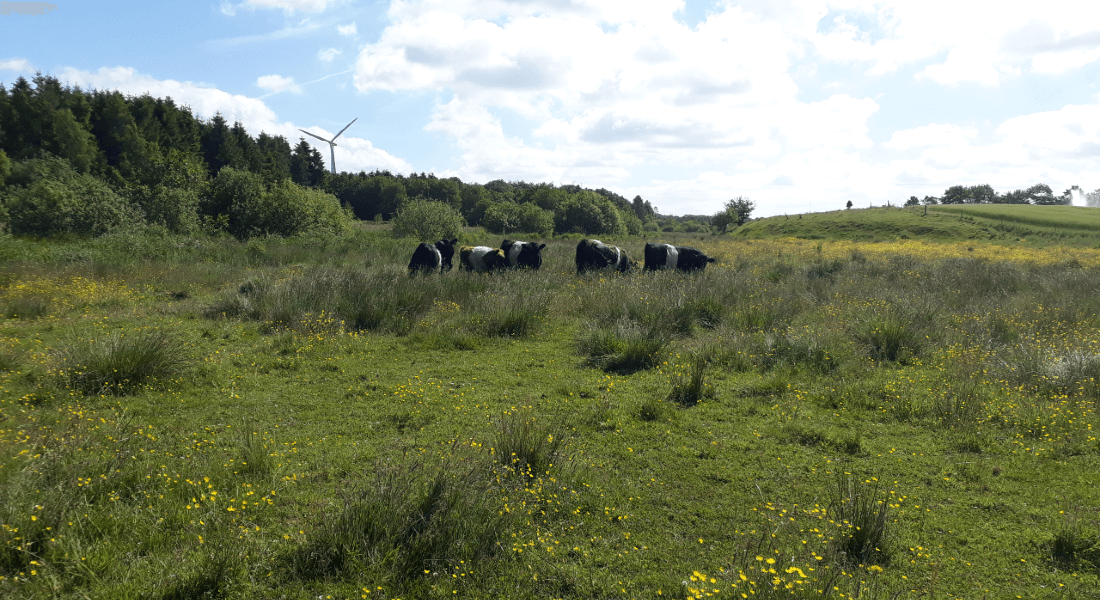
Ancient DNA hints at diverse Stone Age traditions of kinship
An international team of researchers have used ancient genomes, 22 new genomes from Aşıklı Höyük and Çatalhöyük, a UNESCO site, as well as published ones from Boncuklu Höyük and Barcın to study people whose burials are associated with some of the 8,000-10,000 year-old houses in Anatolia. In some villages, houses were used for burials of biological family members. But in other communities, like Çatalhöyük, many children and babies with no apparent biological kinship were buried within the same buildings. The results, published today in Current Biology, emphasize the remarkable diversity of kinship types in ancient human societies.

Middle Easterners, the first villagers in history with a sedentary lifestyle, not only built houses, but also buried their dead, young and old, within and around these buildings, while continuing to live in them. Although this subfloor burial tradition is well-known, the underlying social relations among these co-burials have remained a mystery. Many assumed these burials were biological family members, while others suggested that households and their burials represented more complex social groupings with non-biological forms of kinship. "Indeed, social kinship types are well-documented in many pre-industrial societies," says Füsun Özer, professor at Hacettepe University and senior co-author. "What we show in this study is that both sides may have been right".
Family ties among Neolithic house burials
An international team of 57 scientists from 11 countries studied genomes from dozens of skeletons excavated from Neolithic Anatolian villages. Lead author Reyhan Yaka, who recently finished her PhD at the Middle East Technical University (METU) in Ankara explains: "For this study we scanned 60 bones from two sites, Aşıklı Höyük and Çatalhöyük, but could only produce usable DNA from 22, due to the skeletons' poor preservation". The team combined this new data with 37 published genomes from other sites: Boncuklu, Barcın and Tepecik-Çiftlik. The researchers then assessed biological relationships among burials excavated in the same or neighboring buildings.
In the earliest villages studied, Aşıklı Höyük and Boncuklu Höyük (about 10,000 years ago), co-buried individuals frequently included siblings and parent-offspring pairs. This confirms the notion that early Neolithic societies were organized, at least partly, around biological family ties. Still, not all co-buried individuals were relatives. A perinatal baby in Boncuklu buried together with a woman with whom she had no biological connection, struck the team as particularly instructive.
A role for social kinship in Neolithic communities
A more surprising result was found in two of the later villages, Çatalhöyük and Barcın, from the time when villages grew in size and farming was well-established, about 8,500 years ago. Notably, Çatalhöyük was a mega-site of its time and famous for its large population.
In both sites, the researchers successfully obtained DNA mainly from burials of children, infants, and babies. Intriguingly, in buildings with large numbers of such subadult burials, biological relationships were markedly rare. There was no evidence for these children being members of biological families, nor of extended families. The researchers note that the question of how these earliest village societies were organised still needs deeper study. “But there is now better reason to suspect that the organizing principles of these societies went well beyond simple blood relations”, says senior co-author Dr. Scott D. Haddow, an archaeologist from the University of Copenhagen. Haddow also notes that Çatalhöyük adults had significantly worse DNA preservation than Çatalhöyük infants, which could indicate some special burial treatment of adults, such as an extended period of delay before burial.
Gender and social equality in Neolithic times
The study also advances understanding changing gender roles in these Neolithic communities. Previous studies of cemeteries in Late Neolithic and Bronze Age Europe showed that patrilocal traditions were salient, with adult female burials consistently identified as outsiders. However, in Aşıklı Höyük and Boncuklu Höyük, adult females are found co-buried with their siblings. Senior co-author Mehmet Somel of METU suggests that this contrast supports the idea parental traditions and gender roles changed over time. "Patrilocal traditions may have emerged after the initiation of farming."
Publication
"Variable Kinship Patterns in Neolithic Anatolia Revealed by Ancient Genomes", Yaka et al., Current Biology, 2021. DOI number: 10.1016/j.cub.2021.03.050
Pictures
Find related pictures at this link
Topics
Related News
Contact
Scott D. Haddow
Assistant Professor
Department of Cross-Cultural and Regional Studies
University of Copenhagen
scott.haddow@hum.ku.dk
Tel: +45 93 51 60 43
Füsun Özer
Assistant Professor
Department of Anthropology
Hacettepe University
fusunozer@hacettepe.edu.tr
Tel: +90-531-3011615
Press officer Carsten Munk Hansen
University of Copenhagen
Mail: carstenhansen@hum.ku.dk
Phone: + 45 28 75 80 23


